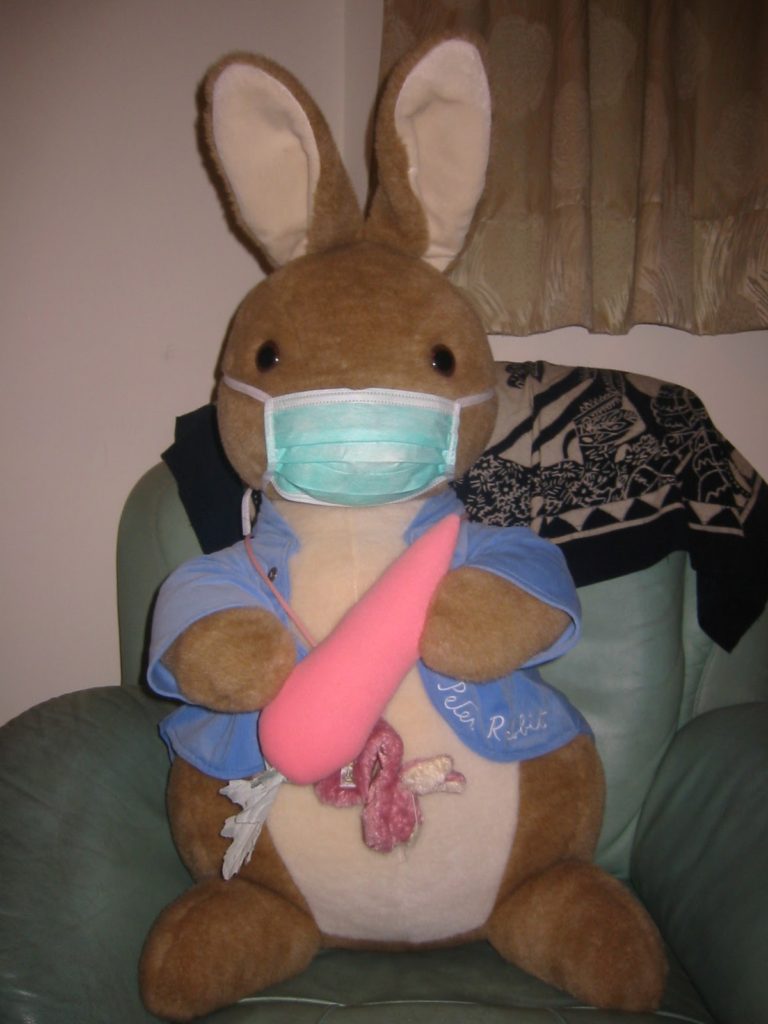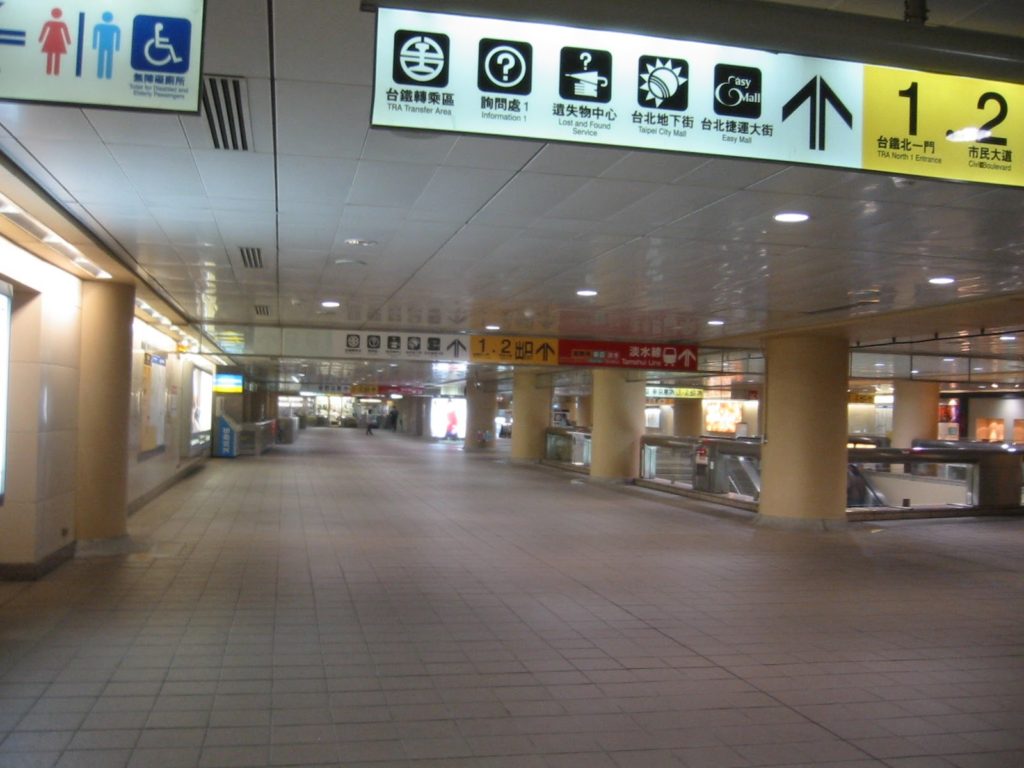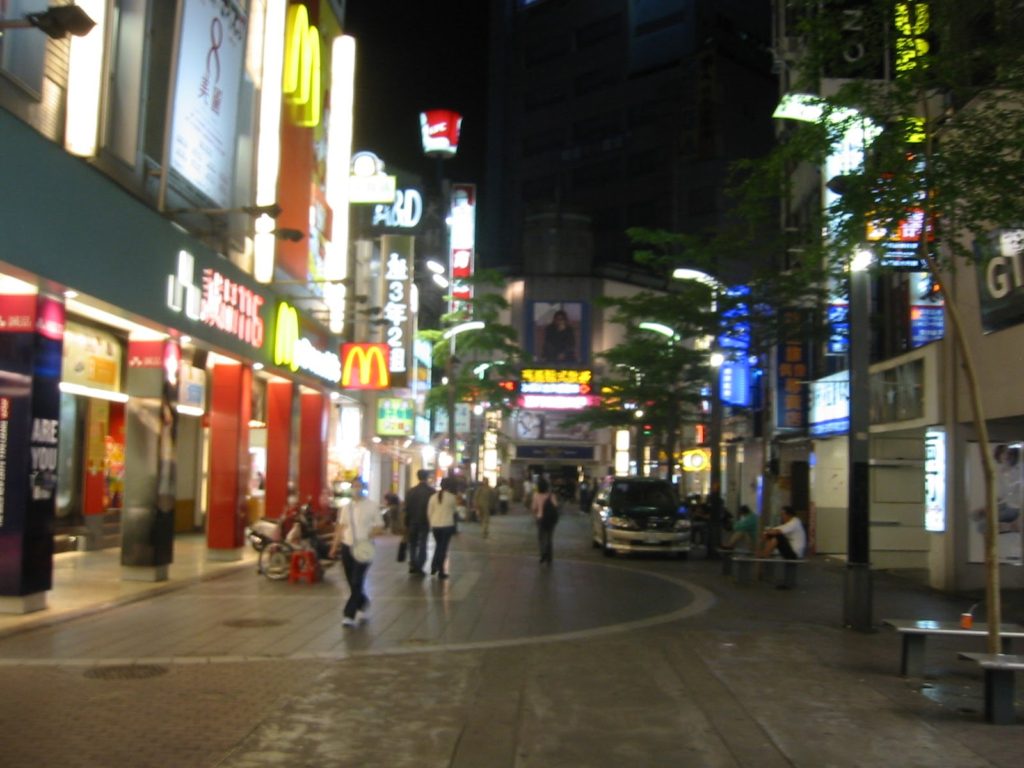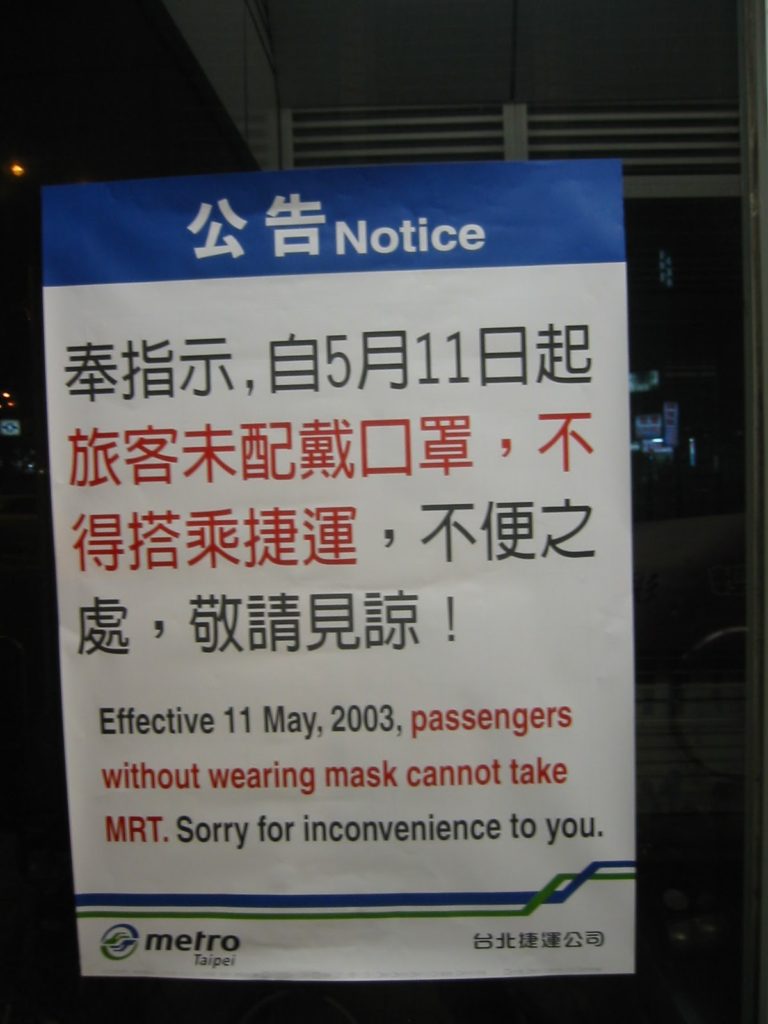My girlfriend and I wore our surgical masks and climbed onto the motorcycle. She drove, I sat behind her. We went a couple of miles to the outskirts of the city, parked, and descended the steps into the subway.
Besides the metro staff, we were the only people there. Everyone was at home, trying their best not to get infected. The train car was empty and thoroughly sanitized, but we still had to keep our masks on.
The city center on Saturday night was eerily quiet. A few other couples masquerading in surgical masks still walked about, trying to make the best of the situation. We ducked into a movie theater. Aside from the person operating the projector behind us, we were the only ones watching the movie…
That was seventeen years ago in Taipei, Taiwan. The first-identified strain of the SARS coronavirus was spreading quickly, threatening a worldwide pandemic. Thousands were infected and hundreds died as SARS spread to over twenty-five countries. The United States had 27 cases. Through quick action by the affected countries in screening and quarantining suspected cases, SARS was stopped before it could become a real pandemic.
The coronavirus pandemic we’re seeing today is the second-identified strain of the SARS coronavirus. It’s less deadly than its predecessor but much more contagious.
Taiwan is often applauded for its handling of the SARS outbreak in 2003. Some of the things they did were:
- Infrared screening of people at airports and large gathering places. Anyone looking unusually hot on the infrared cameras were pulled aside and checked for fever. People with fevers were put into quarantine.
- People were required to wear a mask in order to take public transit. The purpose of the mask wasn’t to protect yourself, but to protect others in case you coughed or sneezed.
- Complete lockdown of hospitals with confirmed cases of the coronavirus. Everyone inside would be trapped inside until the sick people recovered. My girlfriend (now wife) worked as a nurse and worried that she may get locked down at work for 14 days.
SARS was a different disease from COVID-19, but they are both coronaviruses. It’s hard to tell if things would have been different if countries around the world responded differently. Would infrared screening have helped? What if we made everyone wear masks in public? Would we, in America, allow draconian measures like locking down entire buildings and trapping everyone inside for a couple of weeks (what if you were at work when your building got locked down and you couldn’t go home for two weeks?)?





You might be wondering how Taiwan is faring against this new coronavirus. Back in 2003, they had 346 cases of SARS, and 73 people died from it. So far in 2019, Taiwan has 329 cases of COVID-19, and 5 people have died from it. They seem to be doing okay, given the circumstances!
Obviously, things are quite different in 2020 than they were in 2003. This time around, Taiwan has some new tools in its disease-fighting arsenal. Most of the country’s 23 million residents have a national ID card and a smartphone. This makes it much easier for the government to track its citizens. They use big data to determine which people might have been exposed to the virus, then use smartphone technology to track and stay in contact with those people. (For the nerdy details, check out Big Data Helps Taiwan Fight Coronavirus on IEEE Spectrum)
If you’ve been following the news, the world might seem like it’s falling apart. But I was not scared at all during the SARS outbreak in 2003. As you can see, I was even out and about taking pictures and watching movies! The reason I didn’t freak out was simple: 300 SARS cases among a population of 20,000,000 people means that only 0.0015% of the population was infected. I figured that my chances of getting hit by a car were greater than my chances of dying of SARS. Furthermore, even if I caught SARS, the death rate among people 24 or younger was less than 1% (I was 23 at the time).
Taking the same approach to the United States today, 180,000 COVID-19 cases among a population of 325,000,000 means that only 0.0554% of us have coronavirus. That means that if you just follow the social distancing guidelines and wash your hands often, you have practically no chance of catching coronavirus. In fact, you’re more likely to get hit by a car (there are about 6,000,000 car accidents and 40,000 traffic deaths in the US each year). Furthermore, even if you catch coronavirus, your chance of dying from it if you’re young and healthy is less than 1%.
So as the British say, “Keep Calm and Carry On.” We’ll get through this.
Leave a Reply